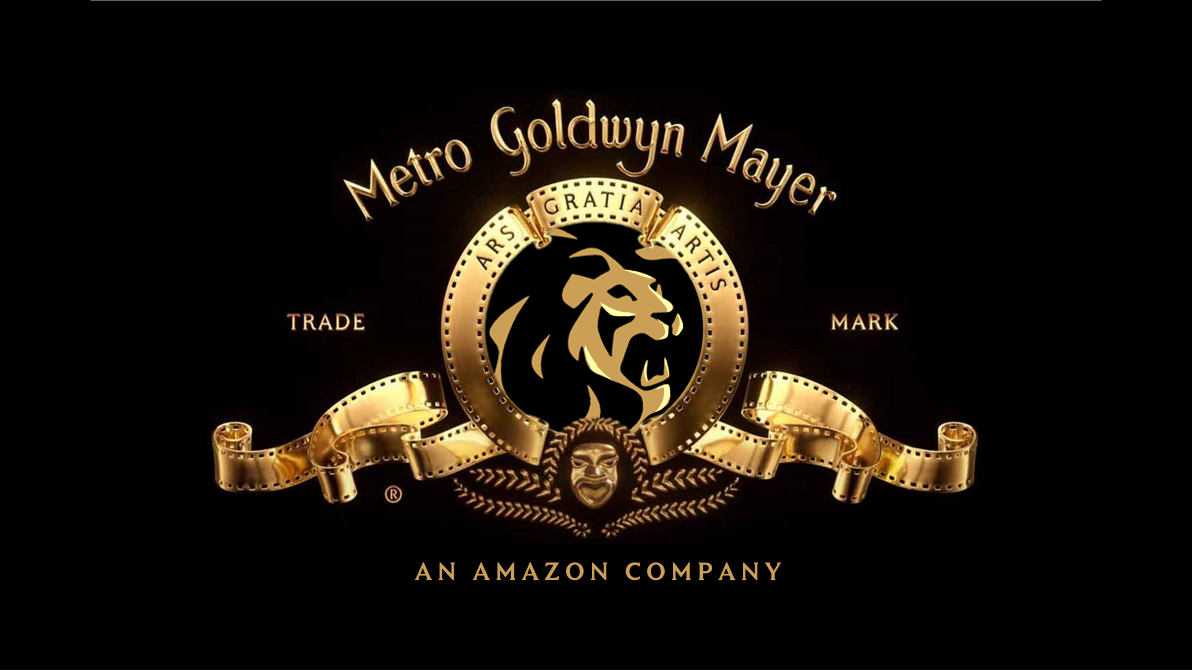The Open Hypocrisy of MGM’s “Art for Art’s Sake”
Statham’s Beekeeper is All Money and No Manuka
I noticed it about a month ago and nearly choked on my metaphorical popcorn when I saw it.
Everyone knows the MGM lion (named Leo) who appears at the start of their films. Now that MGM is an Amazon company, the Latin expression “Ars Gratia Artis” — translated to Arts for Art’s Sake appearing over Leo’s head — has been trotted out of its enclosure to make a Katy Perry sized proclamation:
We (at Amazon, MGM, this media conglomerate, a world-turned-upside-down subsidiary of a toothpaste and deodorant logistics company that also runs Hollywood) make art films. We allow our auteurs unprecedented, maximum creative control — the least studio oversight in recorded history. Our primary goal here is to bring beauty into the world, not turn a profit. We’re uninterested in making commercially-driven franchise films, ka-ching-let-the-register-ring sequels, milk-this-baby-for-all-she’s-worth prequels, or make-it-rain-in-the-club reboots.
To reluctantly channel Kanye talking to Sway: MGM is “Warhol. The number one most impactful artist of our generation. Shakespeare in the flesh.”
The problem with flying that banner over your leonine mascot is that — as you (GIF style) dissolve the Latin into the English, and the English back into Latin again — you really should commit to the ethos of that claim.
At best it’s disingenuous posturing on MGM’s part; at worst it’s an affront to any moviegoer alive today who remembers the quality, depth and variety of what Hollywood once upon a time would regularly greenlight.
Anyone who’s taken a 20th century film course, casually watched The Godfather, happened upon The Natural on cable, experienced a remastered version of Phantasm (thanks JJ Abrams) — you know what cinema used to be, versus what it currently is under Amazon’s MGM.
In the new millennium, MGM has only released two films that I would actually rewatch: Casino Royale and American Fiction. That’s it: two films in 24 years.
By anyone’s metric, that’s an abysmal track record.
While Amazon didn’t begin interfering with MGM until 2021, the storied movie studio had spent the previous 20 years practicing the Tibetan art of GIGO (garbage in, garbage out), by serving up to moviegoers:
Sequels: Van Wilder: The Rise of Taj, Basic Instinct 2, Clerks II, Agent Cody Banks 2: Destination London, Barbershop 2: Back in Business, Legally Blonde 2: Red, White & Blonde, 22 Jump Street, Hot Tub Time Machine 2, The Pink Panther 2, Barbershop: The Next Cut, and Max 2: White House Hero.
Reboots: Deathwish, The Pink Panther, The Taking of Pelham 1 2 3, Fame, Death at a Funeral, Yours, Mine & Ours, The Amityville Horror, Walking Tall, Rollerball, 21 Jump Street, The Girl With The Dragon Tattoo, Red Dawn, Carrie, RoboCop, Poltergeist, Ben-Hur, The Magnificent Seven, Tomb Raider, Creed II, The Girl in the Spider’s Web, and Child’s Play.
Franchises: Quantum of Solace, Hannibal, Hannibal Rising, Rocky Balboa, Skyfall, and - among many others - Creed.
In fact, in 2009 MGM only released three movies. All of which were remakes. I’m sure the global recession had everything to do with the anemic offerings that year, as was responsible for the profound lack of risk-taking.
But if you simply review the list of films released since 2020 under that Amazon-Swiffer-dusted-off-mission statement of “Art for Art’s Sake,” then you’ll see more evidence of what I’m getting at, and Saltburn is Exhibit A.
My review of that film is here. If you haven’t read it (or seen Saltburn), I’ll give you its reason for being: virality. It is not meant to entertain. It doesn’t spin a good yarn. It won’t possibly age well (as it looks like Dorian Gray’s portrait fresh out of the crate on Thanksgiving 2023). It’s the first (successful) made-for-TikTok major motion picture.
Art for its own sake means that the movie studio: takes a chance on a quirky story, an off-beat premise, or an original idea that pushes the narrative boundaries or reinvents the way a “genre film” is even made. If MGM were still serious about Leo’s “overarching banner,” their catalog would look radically different. A media company’s mission statement is one thing — the product it makes, quite another.
There are “art films” and then there are films with “artistic merit.” Occasionally these categories overlap.
The former might be something made by Warhol, Matthew Barney, Fellini, Godard, Antonioni, and the like. The latter might include the work of Spielberg, De Palma, Scorsese, Coppola, Hitchcock, Burton, Ford, Lumet, Kubrick, or others.
It’s entirely subjective, I know.
But the reboot of Candyman? Daniel Craig’s Bond swan song? The Beekeeper?
Jordan Peele’s (sort of) Candyman: First off, it’s a cash-grab remake that is partly written by Peele - hot off of 2019’s Us. He didn’t direct it. It’s not his movie, but his name is all over the marquee for marketing purposes. The film gins-up relevance through its meta-commentary on the problems of gentrification (Chicago in this case), and the haunting legacy of mismanaged public-housing (the notorious Cabrini-Green). In the end, it’s a needless-horror-movie reboot originating in 1992, with name-brand recognition sure to put asses in seats.
No Time to Die required three writers (strangely, Phoebe Waller-Bridge was the “big get” that was sure to give Craig his proper send-off), but there’s nothing inventive, creative, or - dare I say - artistic about it. A good deal of the film’s heat relies on flattened-affect Bond villain Rami Malek convincing us that he’s capable of catalyzing a sixth-extinction. The problem? He can’t even commit to exacting full-revenge on one organization. I would argue that all Bond films after Casino Royale are pale imitations — not one of them worth rewatching. Quantum of Solace is a prolonged chase scene (foot-chase, car-chase, balcony-chase, stairwell-chase, etc.). Spectre’s opening sequence is a glorious bit of helicopter hell-razing (literally), but the balance of the film crumbles under the cinder block ash of its intro fully utilizing the Día de Muertos festivities. By one account, each Bond film brings in more box-office revenue than the last, so there’s something noble about Craig turning down 150 million dollars to return for two more tuxedo fittings. But Bond is a formulation, no different than the recipe for Coca-Cola or Kentucky Fried Chicken’s 11 herbs and spices.
But it’s The Beekeeper that crystallizes things.
British Transporter Jason Statham’s latest uniform is not chauffeur business-suit-chic or emerging nation prison jumpsuit: it’s a beekeeper’s kit.
And that’s when the popcorn went down my windpipe. That’s when I saw it:
“Art for Art’s Sake,” or “Ars Gratia Artis.”
As Statham’s hive-master Adam Clay released the smoke to keep his black-and-yellow darlings calm during an inspection in the opening scene, I was still trying to process the “art film” taking flight before my eyes.
And then my doorbell rang. It was Amazon. My EpiPen had arrived just in time.



